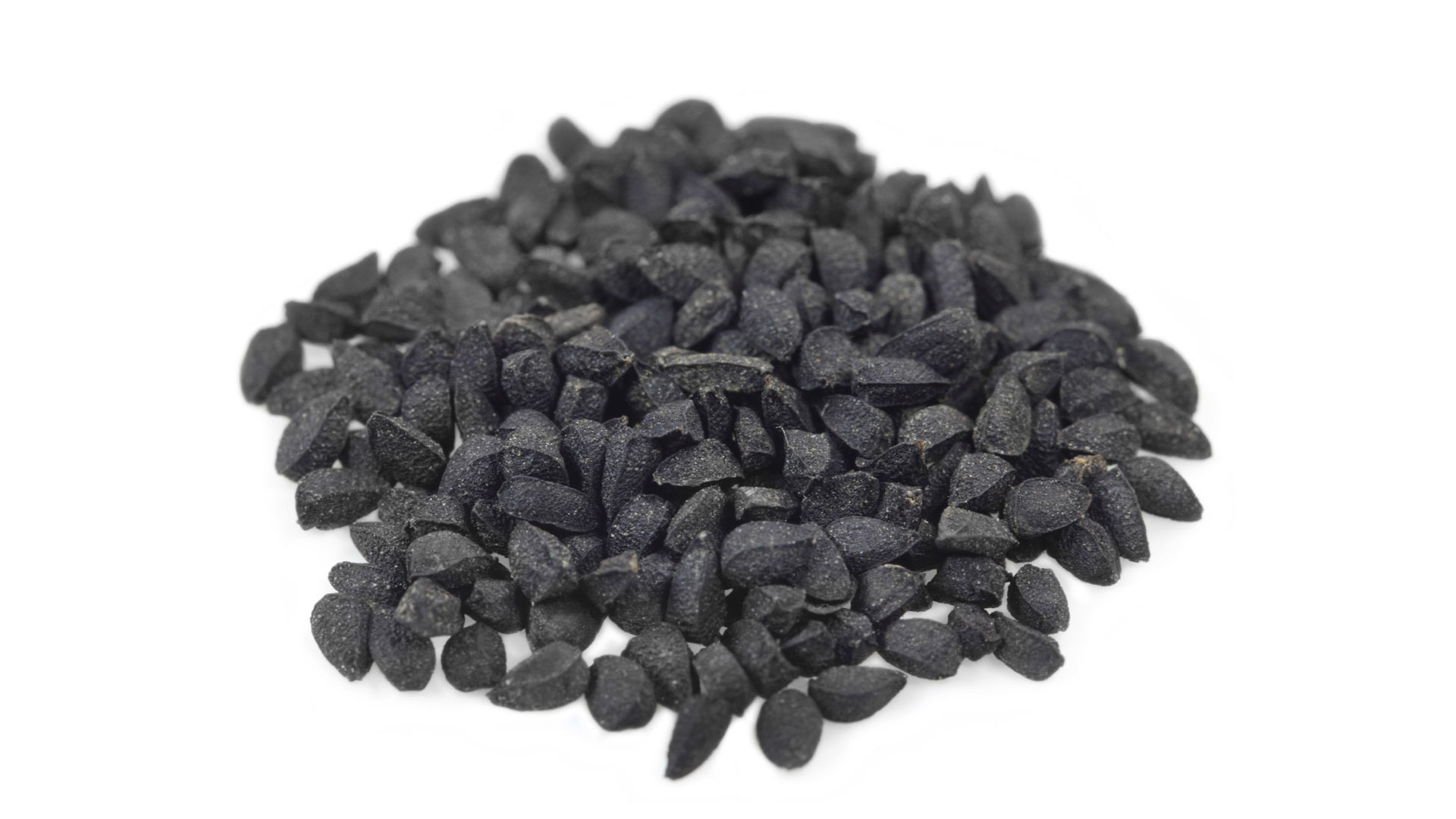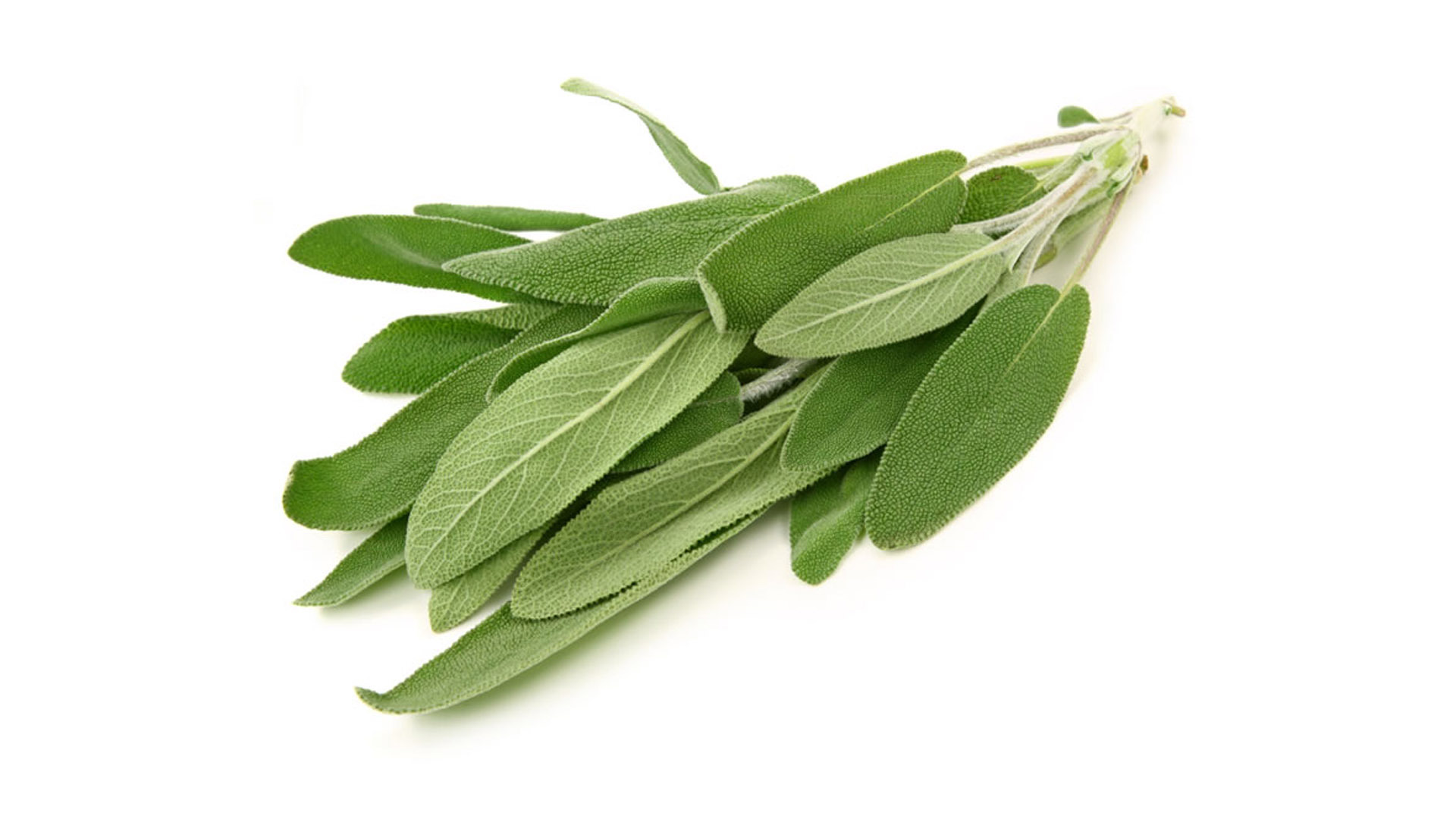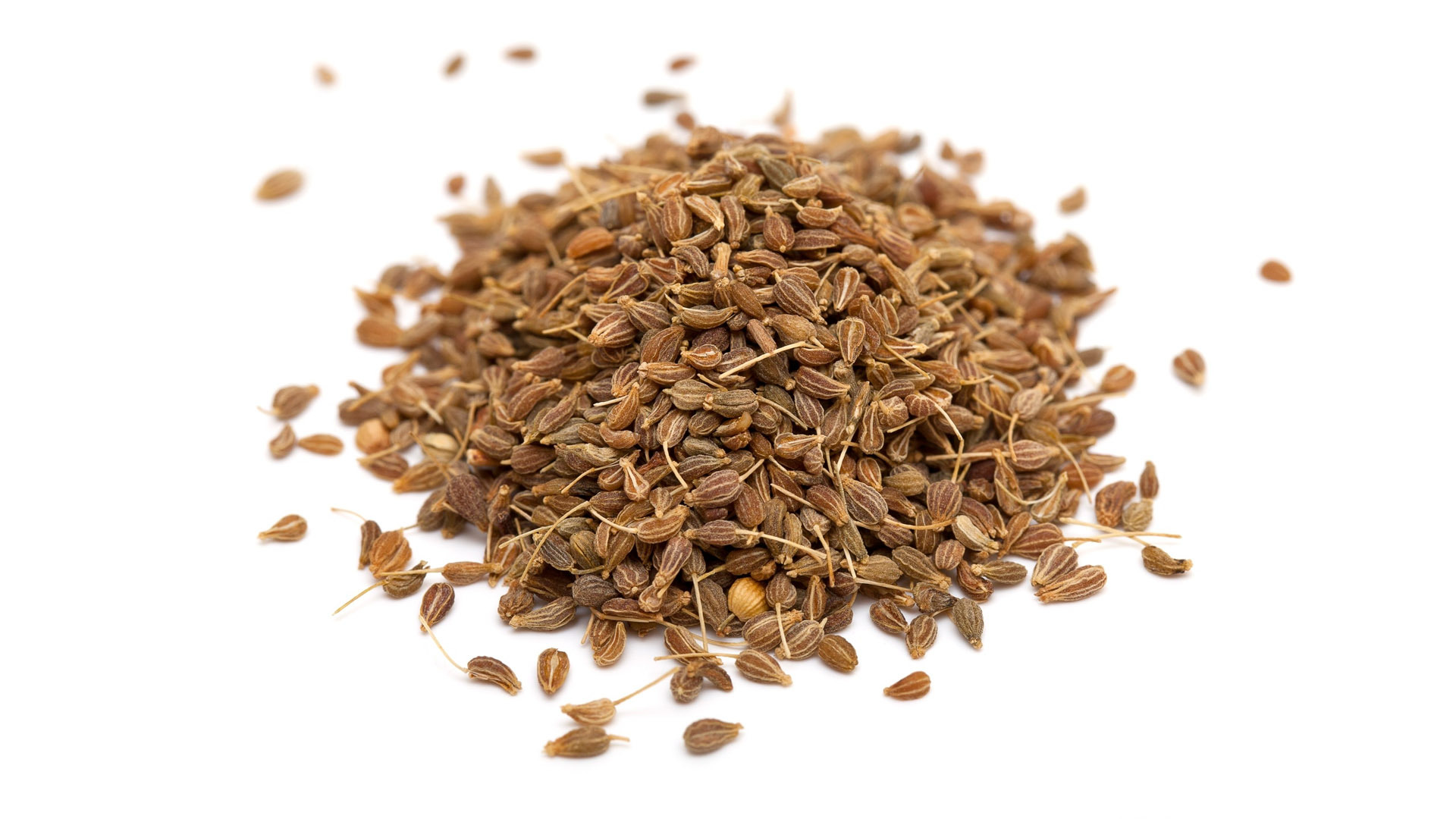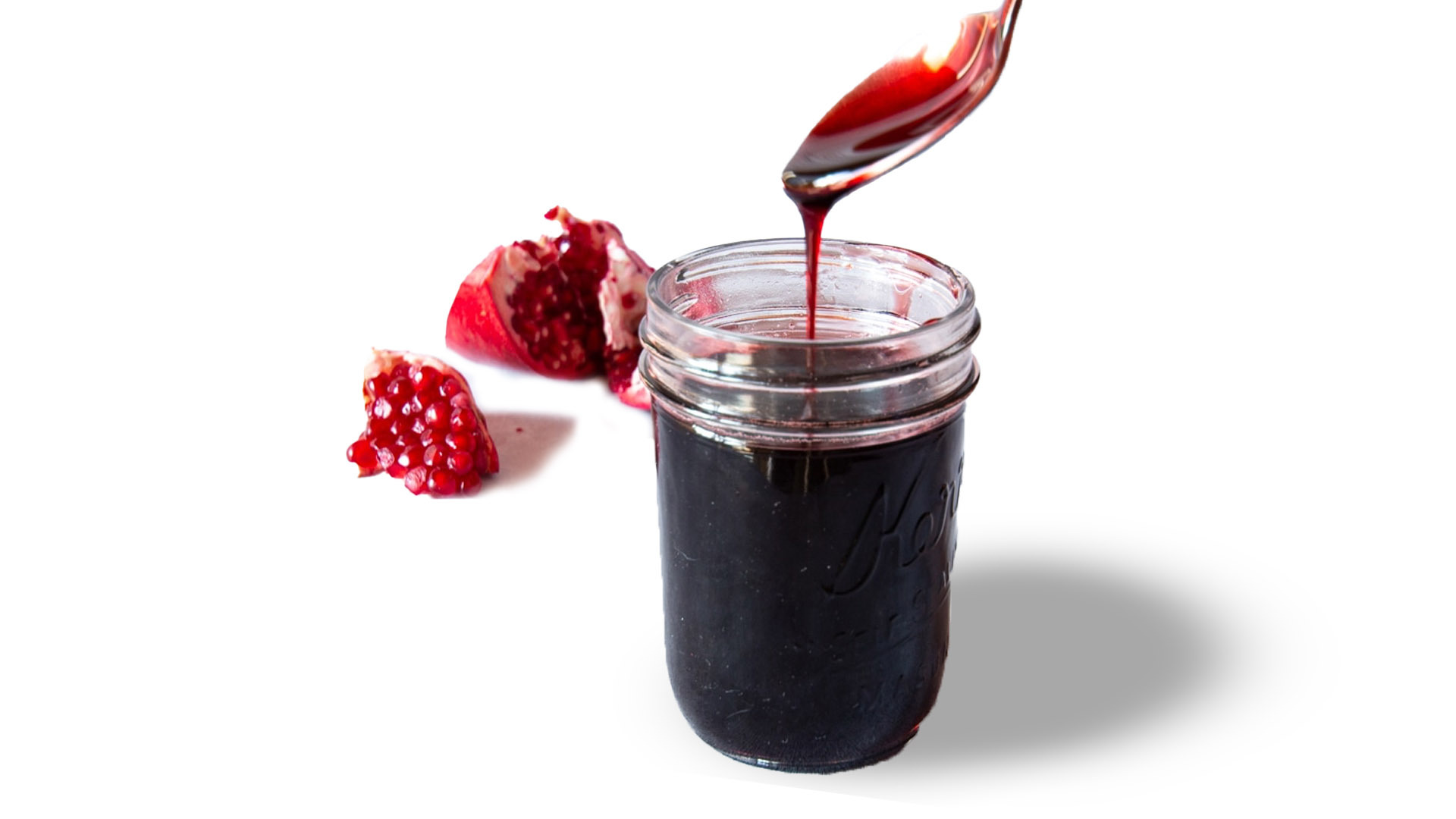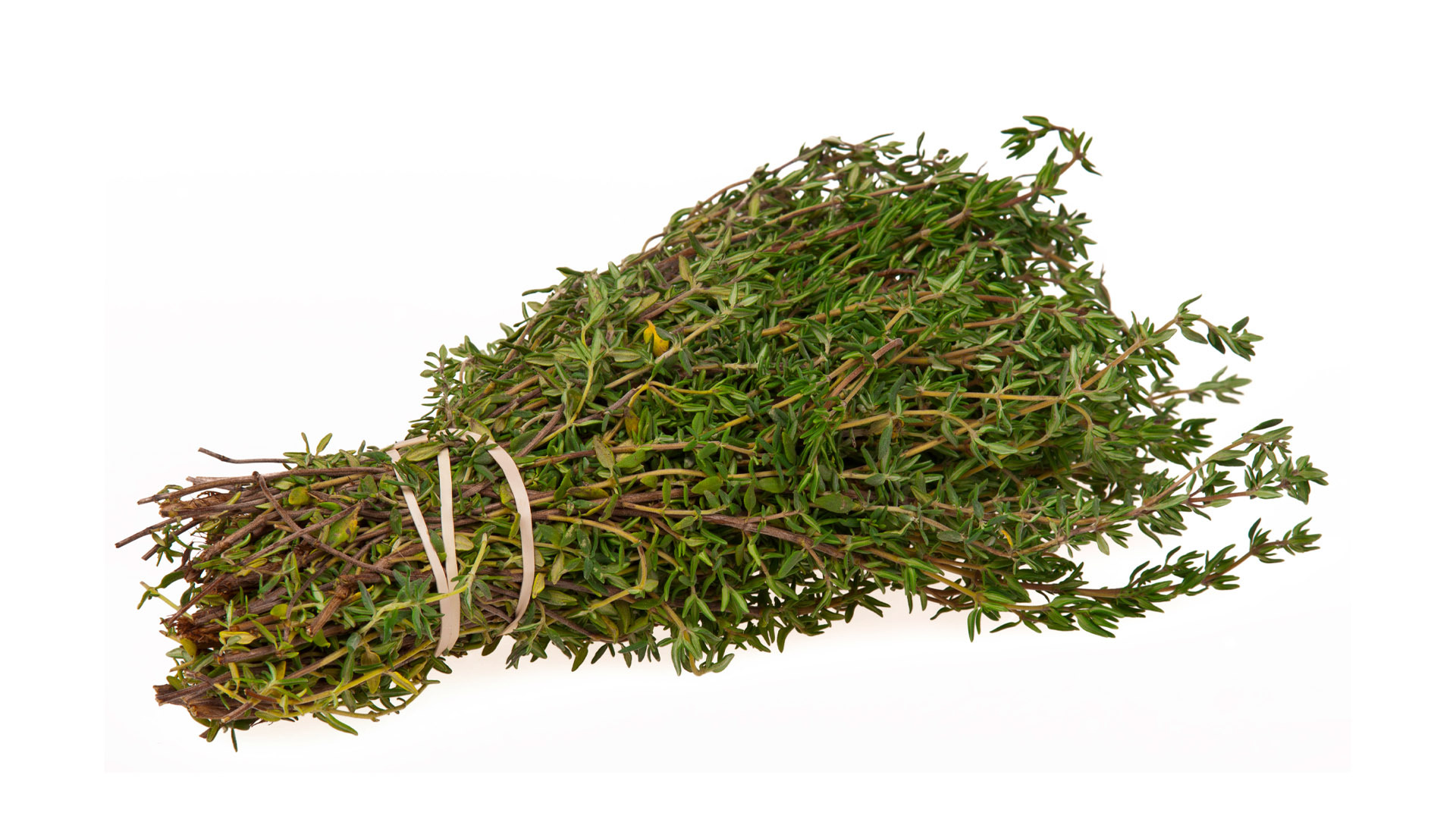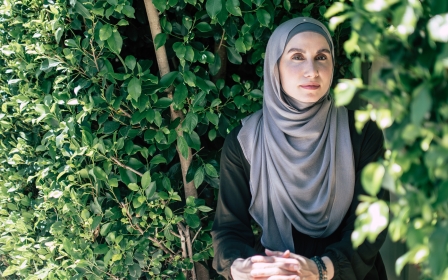Healing herbs: Seven ancient plant remedies from the Arab world

Since the dawn of humanity, herbs and plants have been used to treat medical complaints, with evidence of ancient people in Mesopotamia and Egypt using plant-based therapies to treat the sick thousands of years before the development of modern medicine.
Indeed, archaeological excavations suggest that human use of plants as medicine can be traced back to around 60,000 years ago.
There’s evidence of herbs being used as medicine by the Sumerians in 3000 BCE. Prescriptions of herbal remedies were found engraved on a cuneiform clay tablet that was discovered in 1960.
Ancient written proof is also found in Egypt’s Ebers Papyrus from 1500BC, which records the use of the aloe vera plant to heal skin ailments and notes honey for its antibacterial properties.
The first pharmacies were established in Baghdad in the 8th century, dispensing herbal medicines as teas, ointments and syrups.
While the mechanisms might not have been understood by pre-historic and ancient peoples, there is ample evidence to suggest such remedies may have been effective treatments.
Today around 40 percent of pharmaceuticals derive from active ingredients originally found in plants, and millions across the world continue to use herbs and plants in their unaltered form to treat ailments as varied as colds and arthritis.
A World Health Organization (WHO) inventory project identified as many as 2,600 medicinal plants native to Occupied Palestine and Israel, with many more now being studied to identify both their healing properties and safety.
Other reports suggest there are somewhere between 250-290 species of plants native to Arab countries that are already being used in medicinal treatments.
Nevertheless, traditional medicine, which is healthcare rooted in ancient cultural practices, can be controversial, as the treatments haven’t undergone the same rigorous testing as pharmaceutical medicines and lack regulation.
Those wanting to use herbal remedies for illnesses should first check with medical professionals to make sure there aren't more effective alternatives available.
Here Middle East Eye lists seven of the most popular remedies used in the Arab world:
Black seed
The humble-looking black seed is coarser than the poppy seed, and has its own distinct peppery taste that can leave a burning sensation in the mouth.
Called habbat al-barakah in Arabic, the Prophet Muhammad is reported to have said the seed was a cure for every disease, except death. A stash was found in Tutankhamun’s tomb, suggesting the ancient Egyptians were also familiar with its healing properties.
The 10th century physician Ibn Sina, known as Avicenna in Europe, explained that the seed worked as an expectorant, or a medication that decongests by pulling out mucus, thus clearing the body of blockages.
The plant is native to the Middle East, and its seeds are said to boost immunity, help digestion and act as a traditional remedy for respiratory conditions.
Chamomile
The chamomile flower, or babounej in Arabic, is most widely known for its use in teas that are said to alleviate anxiety and help a person relax before sleep.
But it can apparently do more than make you feel well rested, it also has anti-inflammatory, antiseptic and antispasmodic properties that can be used to alleviate symptoms of colds and intestinal ailments.
The plant is native to parts of Europe and the Middle East, and its use is recorded in Ancient Greek, Roman and Egyptian sources.
The 9th-century Iraqi physician Abu Yusuf Ya'ub ibn Ishaq al-Kindi, better known as Al-Kindi, suggested using the flower as a topical compress (applied externally to the skin) to aid the spleen, liver and stomach. The plant is said to have more than 100 active compounds which are beneficial for the body.
Sage
Another plant that can be brewed and consumed as a hot drink, sage is considered a treatment for the common cold, stomach ache and even joint inflammation.
Called maryamiyah in Arabic, the plant is native to western North Africa and western Europe, but is widely consumed across the Middle East.
The plant can be used as a sedative, an appetite stimulant, a blood thinner, and for relief from trapped gas and indigestion.
It has also traditonally been used to treat snake bites and skin disorders.
Scientists have conducted a number of studies that suggest that the plant has properties that can enhance cognitive function and be used to delay the onset of Alzheimer's disease.
Aniseed
Called yansoon in Arabic, aniseed is used to help calm chest congestion or coughs, and is cultivated in a vast region that stretches from western Europe to Japan and includes the Middle East.
The plant is mentioned as a medicine in Ancient Egyptian texts and is also used as an ingredient in Middle Eastern biscuits, giving them a distinctive liquorice-type flavour.
Taken as a tea, it’s said to aid respiratory problems, abdominal pain and colic in children, among other benefits.
It is also sometimes chewed raw as a breath freshner in some parts of the Middle East, due to its anti-bacterial properties.
The Persian physician, Ibn Sina, recommended a mixture of crushed aniseed and rose oil to treat ear pain.
Pomegranate molasses
Known as or dibs ruman in Arabic, pomegranate molasses is a tangy thick syrup, often drizzled over salads and meat dishes to add a tartness. A strong anti-inflammatory and antioxidant, it can also be applied topically on, for example, the lips to tackle cold sores and reduce inflammation.
The pomegranate plant is a large deciduous shrub that grows well across the Middle East, with Iran leading the way as the world's largest producers of the fruit.
The molasses, essentially a concentrate of pomegranate juice, is known for helping people suffering from kidney stones and is thought to help breakdown fats. As an ingredient, it is used as a dressing and in stews, particularly in Iraq.
The skin of the pomegranate fruit (crushed and boiled) is also considered a wonder treatment for indigestion and some say for heart-related ailments.
Thyme
Perhaps best known as a topping on manaeesh and other pastries, this native-Middle Eastern herb has a lot more to offer.
One of the most economically important wild plants in Lebanon, thyme, known as za'atar in Arabic, has been used to treat ailments such as sore throats and coughs, and when boiled as a tea, an anti-worming agent.
The Sumerians used it as an antiseptic and Al-Kindi used it to treat a bacterial infections.
A herb said to resemble za'atar is mentioned in Ancient Egyptian sources and it is also referred to in the Hebrew Bible for its use in rituals.
Loaded with antioxidants, thyme is also said to be effective against inflammation and allergies.
Myrrh or Murrah
Myrrh is best known from the Biblical story, as one of the three gifts given to Jesus at his birth, along with frankincense, which is also from the same family.
Both resins come from the Boswellia bushes that grow in Oman and Somalia. The resin collected from the shrubs hardens into a rock-like structure - which can then be burnt as incense or soaked in water for ingestion as a drink. Its distinct taste led to it being named murrah, which means bitter in Arabic.
Abu Bakr Muhammad ibn Zakariya al-Razi, known as Rhazes in the west, was a 9th century Iranian clinician who would use myrrh to also treat ailments of the kidneys and the bladder, and to ease swellings in the stomach. The resin is thought to have antiseptic and astringent properties.
As a tincture, myrrh can be diluted and used as a mouthwash to help sooth mouth ulcers. If administered in granule form, it can help ease the discomfort caused by teething in toddlers.
This article is available in French on Middle East Eye French edition
Middle East Eye propose une couverture et une analyse indépendantes et incomparables du Moyen-Orient, de l’Afrique du Nord et d’autres régions du monde. Pour en savoir plus sur la reprise de ce contenu et les frais qui s’appliquent, veuillez remplir ce formulaire [en anglais]. Pour en savoir plus sur MEE, cliquez ici [en anglais].



